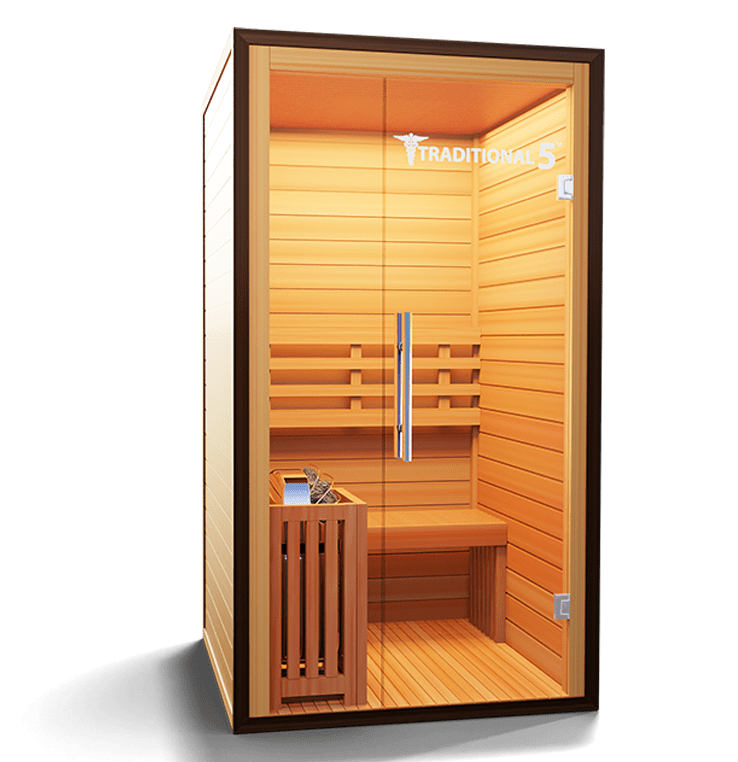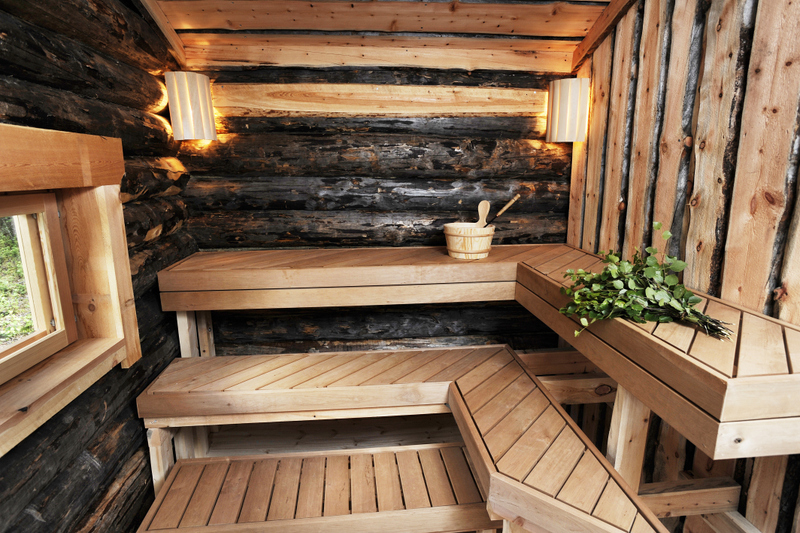Getting The Traditional Sauna To Work
Getting The Traditional Sauna To Work
Blog Article
The 9-Minute Rule for Traditional Sauna
Table of ContentsTop Guidelines Of Traditional SaunaThe Facts About Traditional Sauna UncoveredTraditional Sauna Can Be Fun For Anyone8 Simple Techniques For Traditional SaunaSome Of Traditional Sauna
A lot of the weight shed in a sauna is water loss and is re-gained upon rehydrating. Without an uncertainty sauna can be an important part of a healthy weight loss program. To consider the distinctions between traditional and IR saunas, I will separate these right into verifiable, theoretical, and fabricated distinctions.Thus, the hottest point in the saunawhich is at the ceiling directly above the sauna heateris generally between 185 and 190 F. Claims that a standard sauna exceeds 200 F is merely not true and not appropriate for electric saunas marketed in the US. The temperature level for a far-infrared sauna is normally set between 120 and 140 F; nonetheless, unlike the conventional sauna, the objective in and IR space is not to attain a heat.
Because of this, the temperature level distinction is almost unnecessary, considering that profuse sweating leads to both sauna types, yet the method of warming the body is different. In an IR sauna the bather will certainly feel hot and will sweat a lot, yet at much lower temperature levels (Traditional Sauna). Hence, if the objective is to spend longer time periods in the sauna, the IR sauna is an excellent selection
When a conventional sauna has been correctly heated, the sauna wall surfaces are cozy, the air temperature has actually attained set temperature level and the rocks are incredibly heated. As an interesting side note, the warmed wall surfaces and the rocks are giving off far-infrared warmth, integrated with the heated air, to create an "wrapping up warm".
Rumored Buzz on Traditional Sauna

When the heat is accomplished, the elements cycle on and off to preserve the heat. The majority of conventional sauna users take pleasure in putting water over the rocks to produce steam to elevate sauna moisture degrees. The benefits of putting water over the rocks consist of: making the area extra comfortable, moistening the nasal flows, and enabling the use of aromatherapy by mixing important oils with the water.

When the power enters the body, it causes the body temperature to boost and ultimately results in sweat. In an infrared sauna it's important for the emitters/heaters to continue to be on practically regularly. Since there is no mass of rocks to retain warm, the sauna will cool down if the emitters shut off.
As mentioned over, the sauna bather in an infrared area wishes to place himself in front of running emitters to get optimal gain from the warm. The home heating time for the two spaces can be really different, relying on just how the rooms are utilized. For a traditional sauna, a bather must permit 30-40 minutes for the space to achieve a desired temperature and to effectively pre-heat the rocks.
The Ultimate Guide To Traditional Sauna
A well created sauna will typically attain a temperature level of 150-160 F in concerning 30-40 minutes. For hotter temperature levels, the room may need to warm for a longer period.

Standard saunas have a tendency to be larger (hence make use of even more electricity) than infrared saunas, although conventional saunas are absolutely offered in one and two person dimensions as well. For a two-person typical sauna, 5x6 or 5x7 dimension is most prominent. The top bench can easily seat two or three individuals and is also enough time to exist down throughout the sauna session.
The 8-Minute Rule for Traditional Sauna
The ordinary cost per kWH of electrical power in the U.S. is about $0.11, so a 4.5 kW heater will cost roughly $.50 to run for one hour, if the heating system runs constantly for one hour. Usually a sauna heater will certainly compete 75% of the first hour and 50% of subsequent hours on because the elements cycle once the set temperature is attained.

There is a hardly ever gone over distinction in the social experience in between the 2 areas. While our culture has actually lost a few of the social advantage of the standard sauna experience, it can be very socially rewarding (Traditional Sauna). From family members time in the sauna, to heart-felt conversations with considerable others, to sauna partiesthe standard sauna experience can cause intimate mingling
The 10-Minute Rule for Traditional Sauna
Many higher end infrared rooms include colored light therapy, sound systems and full-glass fronts.
Report this page